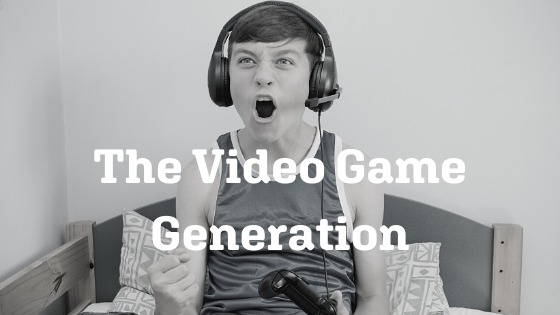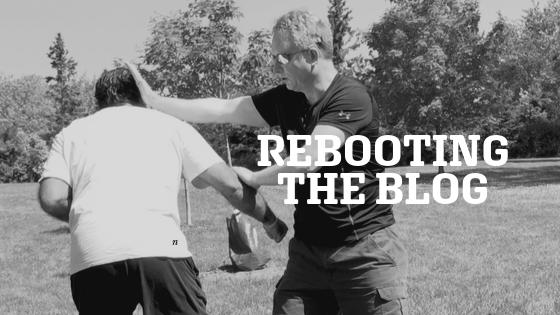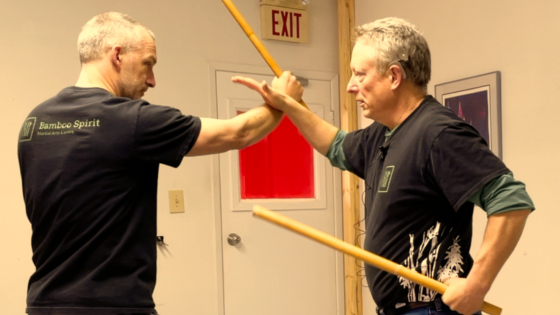The Video Game Generation
Estimated reading time: 4 minutes
I’ve known over the years that nearly all of my younger students play video games.
Minecraft is one popular game among the video game generation. Among popular games with my younger students (ranging from 8 to 15 years of age) are Super Mario, Fortnite, Street Fighter, Call of Duty, Team Fortress, Assassin’s Creed, Castle Crashers, Star Wars Squadron, Lego, Grand Turismo, and many others.
There have been a number of studies touting the benefits of video games. One article states: “While one widely held view maintains playing video games is intellectually lazy, such play actually may strengthen a range of cognitive skills such as spatial navigation, reasoning, memory and perception, according to several studies reviewed in the article.“
I have no idea how rigorous these studies are, and I’m not going to delve into their validity in this post.
Assuming these studies are valid, do the enhanced cognitive skills translate to Filipino Martial Arts?
The article above indicates: “The more adolescents reported playing strategic video games, such as role-playing games, the more they improved in problem-solving and school grades the following year, according to a long-term study published in 2013. Children’s creativity was also enhanced by playing any kind of video game, including violent games, but not when the children used other forms of technology, such as a computer or cell phone, other research revealed.”
While I could say that my students do better with Filipino Martial Arts because of their video gaming skills, it is hard to say.
I do know that they thrive more in private lessons when it is presented as a video game with various puzzles to solve.
In this regard, my lesson plans with the kids have shifted in recent years. Initially, I taught them in the traditional format: I command, and they follow.
“Do the twelve angles of attack.“

“Let’s do the 12 disarms.”
On and on.
In other words, I was utilizing the one-step method of teaching. However, as you might imagine, there are downsides to this teaching methodology, given that today’s generation has been raised in a far more interactive learning environment than I was.
This was driven home a couple of years ago when one of my young students started to plateau. Disinterest started to drift in. Sensing this, I changed course and, more or less, abandoned the curriculum. I shifted over to teaching nothing but flow drills and applications.
BOOM! Once he understood the flow drills and basic applications, I started presenting him with “puzzles” to solve.
In other words, I created a video game-like learning environment adapted to Filipino Martial Arts emphasizing independent problem-solving.
“Okay, kid, we’re going to do a 30-second sequence with you as the defender. Somewhere in that sequence, I’m going to do an abanico corto technique. Your job is to counter it and finish me off.”
The key is to exhibit good footwork and body structure during that sequence. If they crack under my pressure, we’ll start over at a slower speed and fix the structural deficiencies. In other words, I want to see a combination of good footwork, body structure, and problem-solving.
Above all, my young students LOVE doing this kind of lesson. In a sense, I’m the video game and they are at the consoles using sticks.
Knowing this, I can use this format to reinforce the basics. This way, I don’t have to insist that they practice the basics ad infinitum to the point of boredom. Think of Daniel LaRusso in the original “Karate Kid” doing the “wax on, wax off” exercise. Remember how bored he got? Let me tell you, with today’s generation, you’ll lose the student with that approach.
In today’s world, you must find different ways to work the basics. Doing it interactively seems to maintain the current generation’s interest.
My adult students, many of whom do NOT play video games, also love this approach. Since resuming private lessons in September, I have expanded the lesson repertoire beyond the flow drill format to include intense high-speed sequences similar to what I am doing with my younger students. The reaction thus far has been positive. I intend to expand on this during the current lockdown.
Make no mistake, I am not reinventing the wheel. Similar teaching methodologies exist in other arts, such as Wing Chun and Brazilian Jiu-Jitsu. I’m just describing my teaching journey and finding what works well to elevate my students’ skill level.
You know what? I’ll never be satisfied and will keep tinkering with my teaching approach. There is only one goal: to elevate my students’ skill level and push them to black belt. For now, I’ll utilize the video game approach for my students. We’ll see where I go from there.
Over to you, how have you changed your teaching over the years?
Additional Reading
- From Pixels to Stick Fighting
- The Study of Modern Arnis
- The Comparison Game
- Too Young to Learn Filipino Martial Arts?
- 7 Benefits of Changing Martial Arts Partners
Share this post:
- Click to share on Twitter (Opens in new window)
- Click to share on Facebook (Opens in new window)
- Click to share on LinkedIn (Opens in new window)
- Click to share on WhatsApp (Opens in new window)
- Click to share on Nextdoor (Opens in new window)
- Click to share on Pinterest (Opens in new window)
- Click to email a link to a friend (Opens in new window)
Brian Johns
Related Posts
2 Comments
Leave a Reply Cancel reply
Categories
- Arnis/Kali/Eskrima (113)
- Book Review (8)
- DVD Reviews (3)
- Guest Post (4)
- Inspiration (24)
- Martial Arts (99)
- My story (92)
- Safety (14)
- Tips & tricks (6)
- Uncategorized (3)
- YouTube Videos (8)






[…] A good instructor should understand the underlying concepts of their art and apply them to today’s world. If you run into an instructor that insists that the art must be practiced exactly as it was 25, 50, or 100 years ago, look elsewhere. On the other hand, if an instructor can apply the concepts of his art to today’s environment, give him or her a chanc…. […]
[…] The Video Game Generation […]